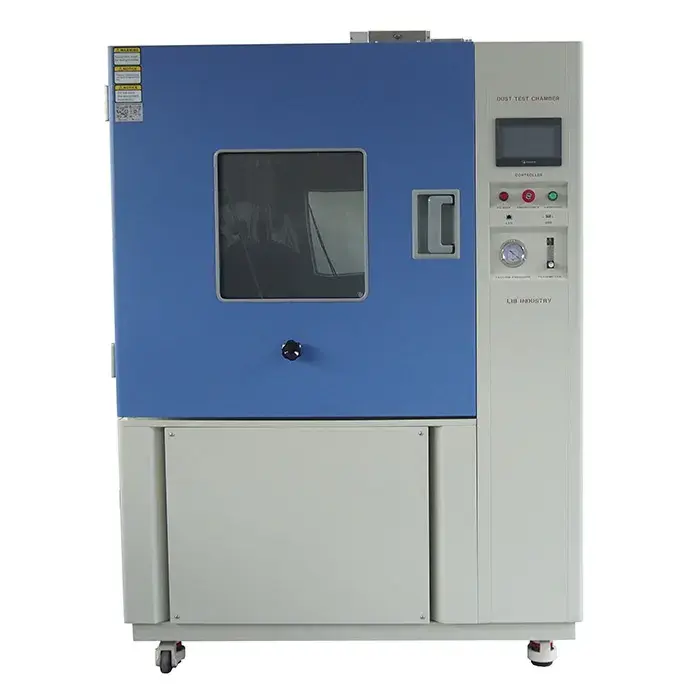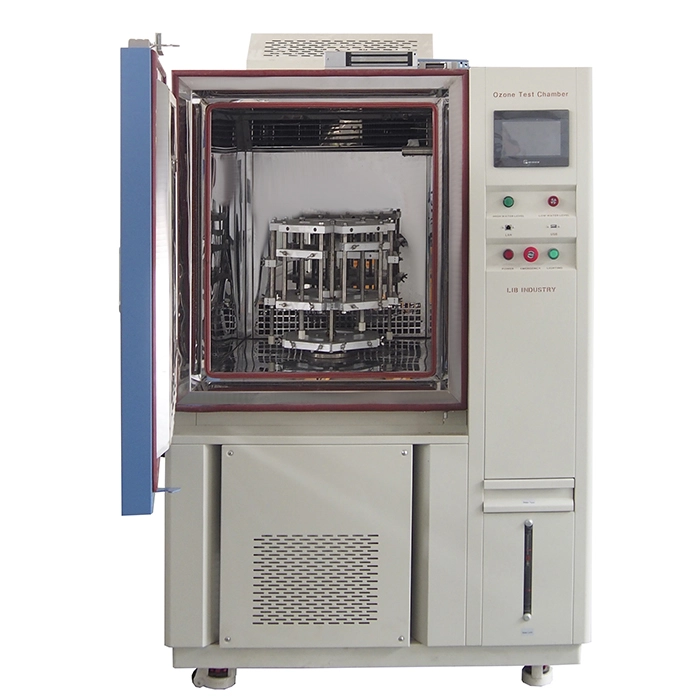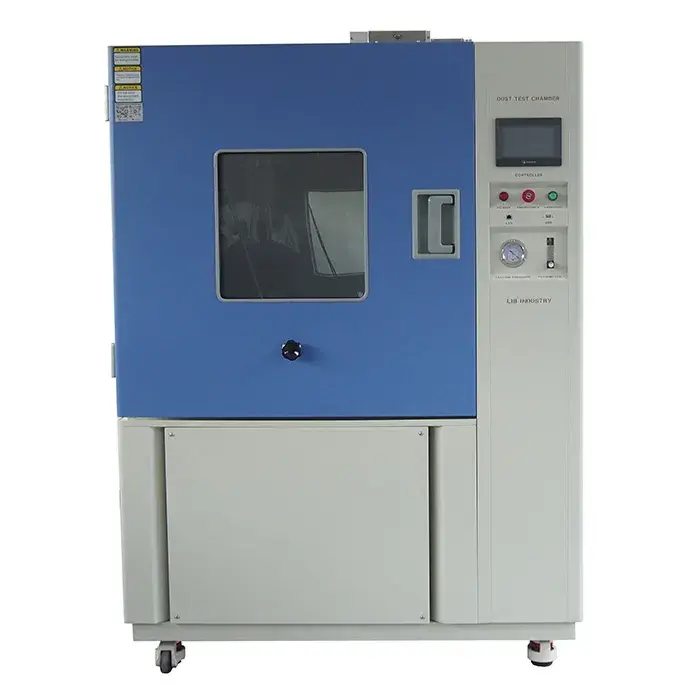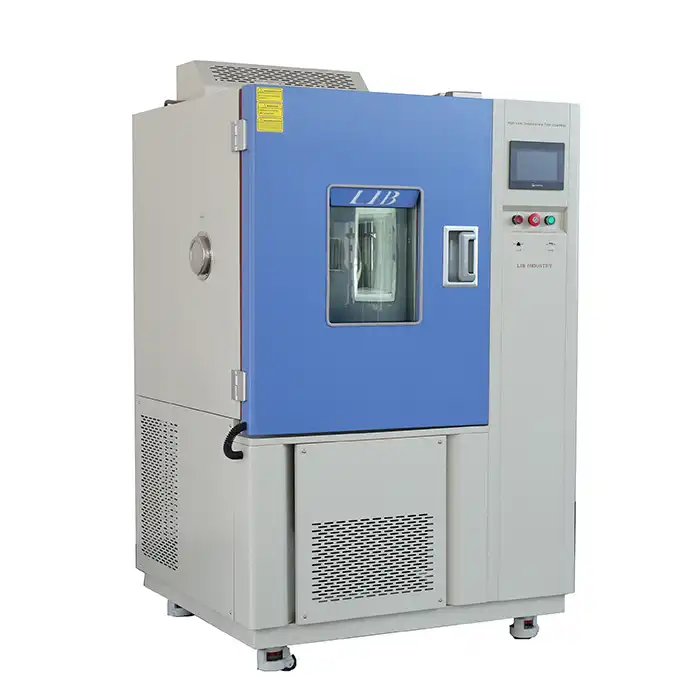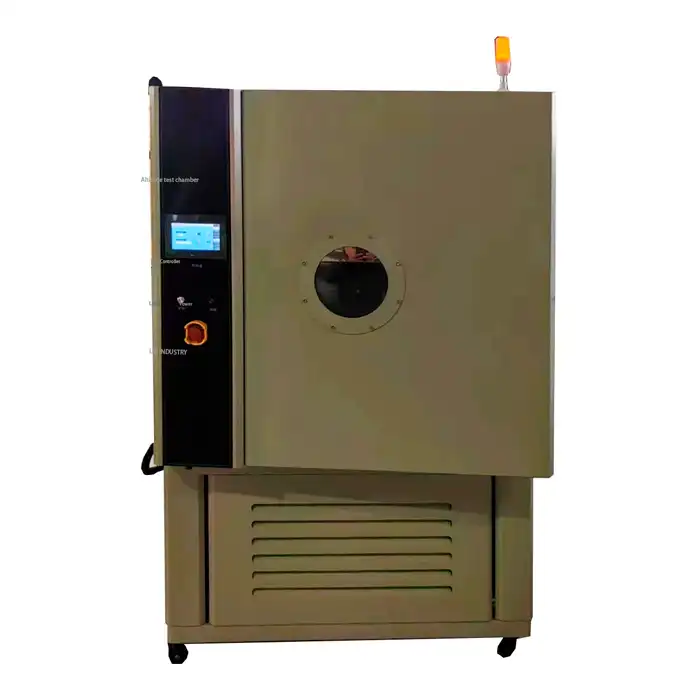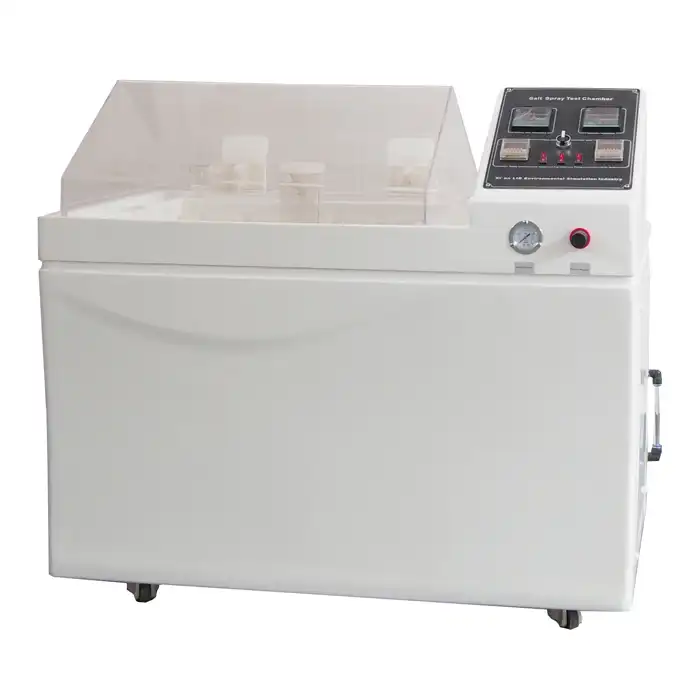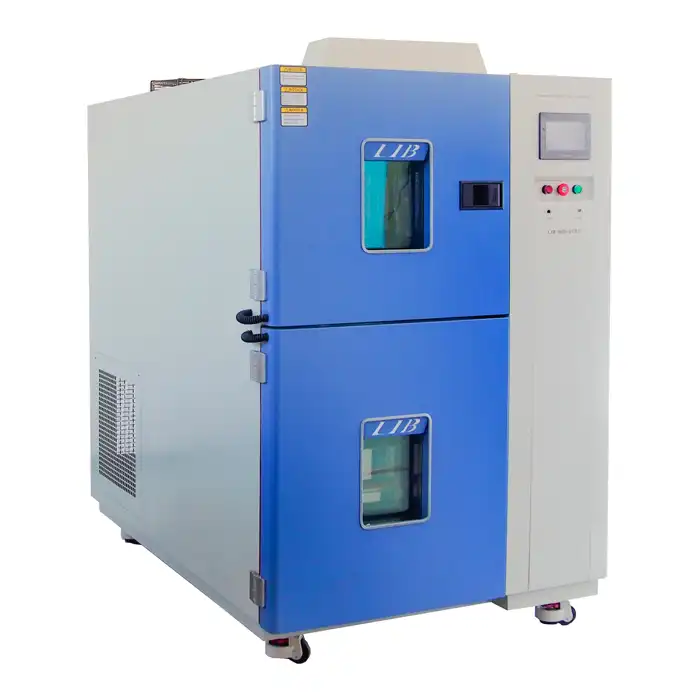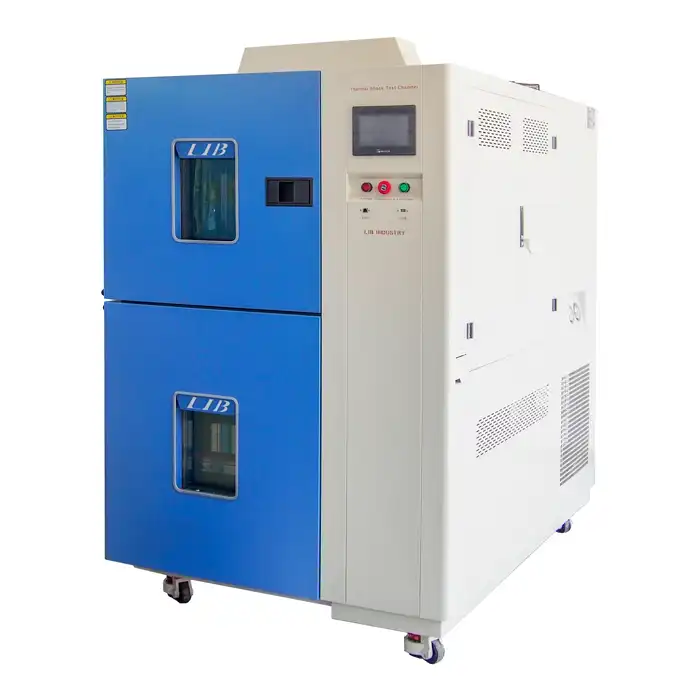What is benchtop testing?
In the world of environmental testing, benchtop testing has emerged as a crucial method for evaluating product performance and reliability. This article delves into the intricacies of benchtop testing, exploring its significance, applications, and the role of benchtop test chambers in various industries.

♦Understanding Benchtop Testing
Definition and Purpose
Benchtop testing refers to a laboratory-based evaluation process conducted on a small scale, typically on a laboratory bench or tabletop. The primary purpose of benchtop testing is to simulate real-world environmental conditions and assess how products or materials respond to these conditions. This method allows researchers and engineers to gather valuable data about product performance, durability, and potential failure modes without the need for full-scale testing.
Advantages of Benchtop Testing
One of the key advantages of benchtop testing is its cost-effectiveness. By utilizing compact equipment and smaller sample sizes, researchers can conduct numerous tests without incurring the expenses associated with large-scale testing facilities. Additionally, benchtop testing offers greater flexibility and control over test parameters, allowing for precise adjustments and rapid iterations in the testing process.
Applications Across Industries
Benchtop testing finds applications across a wide range of industries, including electronics, pharmaceuticals, automotive, aerospace, and materials science. In the electronics industry, for example, benchtop test chambers are used to evaluate the thermal performance of components and assess their resistance to environmental stressors. In pharmaceuticals, benchtop testing plays a crucial role in stability studies and quality control processes, helping to ensure that products meet rigorous safety and efficacy standards. This versatility makes benchtop test chambers essential tools in advancing innovation and maintaining quality across various sectors.
♦The Role of Benchtop Test Chambers
Features of Benchtop Test Chambers
Benchtop test chambers are specialized devices crafted to generate controlled environmental conditions essential for various testing applications. These compact yet powerful chambers utilize sophisticated temperature and humidity control systems, enabling researchers to replicate a wide range of environmental scenarios accurately. Many modern benchtop test chambers come equipped with advanced features, including programmable controllers, data logging capabilities, and options for remote monitoring. These enhancements not only streamline the testing process but also significantly improve the precision and reliability of the results, making them invaluable tools in research and development settings.
Types of Benchtop Test Chambers
There are various types of benchtop test chambers, each designed to meet specific testing needs across different industries. Temperature and humidity chambers are among the most prevalent, capable of replicating a wide range of climate conditions to assess product performance. Thermal shock chambers focus on subjecting test samples to rapid temperature fluctuations, helping to evaluate their durability under thermal stress. Additionally, salt spray chambers are utilized for corrosion testing, exposing materials to saline environments to study their resistance. Altitude chambers simulate high-altitude conditions, providing insights into how products perform in reduced atmospheric pressure, making these chambers essential for comprehensive testing.
Selecting the Right Benchtop Test Chamber
Selecting the right benchtop test chamber is essential for achieving accurate and reliable testing results. Several factors should be considered, including the specific environmental conditions you need to replicate, the dimensions and characteristics of your test samples, and the required precision for your tests. Considerations like temperature range, humidity control capabilities, and the chamber's overall volume are vital. Additionally, features such as programmability, data logging, and ease of operation can greatly enhance your testing efficiency, making it important to choose a chamber that aligns well with your unique requirements.
♦Conducting Effective Benchtop Tests
Test Planning and Preparation
Successful benchtop testing starts with meticulous planning and preparation. This process involves establishing clear test objectives that align with your research goals and selecting relevant test parameters that accurately reflect the conditions you wish to simulate. Preparing test samples according to established standards and protocols is crucial for maintaining consistency and validity. Additionally, calibrating the benchtop test chamber and any associated measurement equipment is essential to ensure that results are both accurate and reliable. This attention to detail not only enhances the quality of your data but also contributes to the overall success of the testing process.
Test Execution and Monitoring
Accurate results during the test execution phase depend on careful observation of the test conditions and sample behavior. Researchers can continually monitor temperature, humidity, and other crucial characteristics during the testing process thanks to the real-time monitoring facilities found in many contemporary benchtop test chambers. If necessary, adjustments can be made immediately thanks to this continuous oversight. Furthermore, to guarantee the validity and reproducibility of results, build confidence in the findings, and promote future research initiatives, careful documenting of test settings, observations, and any deviations from the intended procedure is crucial.
Data Analysis and Reporting
Once the benchtop test is complete, the next critical step is analyzing the collected data and preparing thorough reports. This analysis may involve statistical evaluations to assess the significance of the results, comparing them against predetermined acceptance criteria to ensure compliance with standards. Identifying any anomalies or unexpected outcomes is also crucial for understanding potential issues. Well-documented test reports become valuable resources for product development, helping to inform design improvements, enhance quality assurance processes, and ensure regulatory compliance. These reports not only provide insights into performance but also support future testing and decision-making efforts.
♦Conclusion
In conclusion, benchtop testing, facilitated by specialized benchtop test chambers, plays a pivotal role in modern product development and quality assurance processes. By providing a controlled environment for evaluating product performance and reliability, benchtop testing enables manufacturers to optimize their products, ensure compliance with industry standards, and ultimately deliver high-quality goods to the market.
♦Contact Us
Are you looking to enhance your environmental testing capabilities? Contact us at info@libtestchamber.com to learn more about our cutting-edge benchtop test chambers and comprehensive turn-key solutions for environmental testing.
References
1. Smith, J. (2021). "Principles of Environmental Testing in Product Development." Journal of Materials Engineering and Performance, 30(8), 5678-5690.
2. Johnson, A., & Brown, R. (2020). "Advancements in Benchtop Test Chamber Technology." Environmental Testing Quarterly, 15(2), 112-125.
3. Davis, M. (2019). "Applications of Benchtop Testing in the Pharmaceutical Industry." Drug Development and Industrial Pharmacy, 45(6), 789-801.
4. Wilson, E. (2022). "Comparative Analysis of Full-Scale and Benchtop Environmental Testing Methods." IEEE Transactions on Reliability, 71(3), 1234-1245.
5. Lee, S., & Park, H. (2020). "Optimizing Benchtop Test Protocols for Electronic Component Reliability." Quality and Reliability Engineering International, 36(4), 567-579.
6. Thompson, G. (2021). "The Role of Benchtop Testing in Aerospace Materials Development." Advanced Materials and Processes, 179(5), 22-28.



